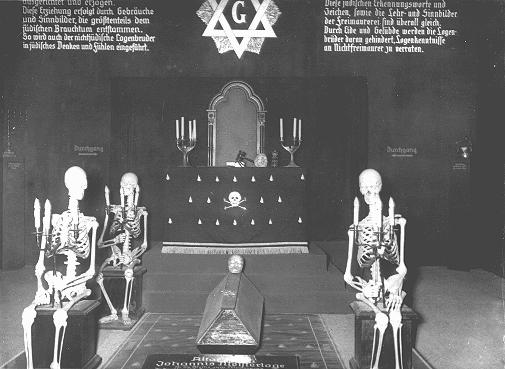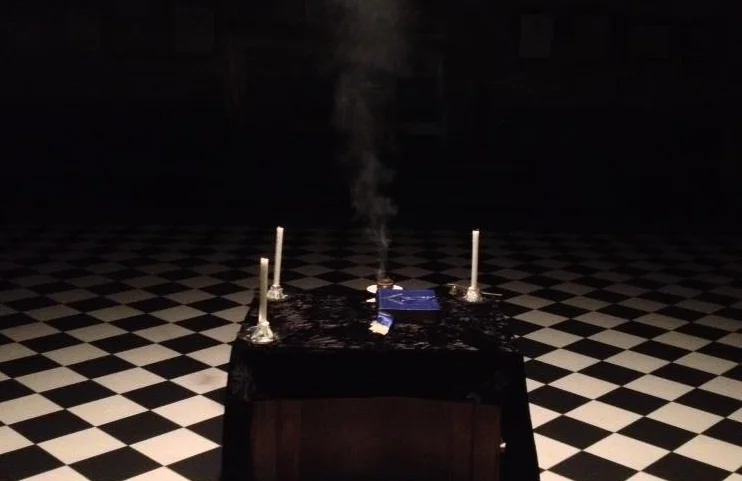There is currently a great deal of hand-wringing going on in local Lodges and in Grand Lodges across the country regarding the current state of Freemasonry. It shouldn’t come as a surprise to anyone that our membership numbers are declining, and with the declining membership comes decreased revenue to fund our Lodges, charities, and appendant bodies. There have been numerous attempts to solve the problem of declining membership from increased public events to one day classes that take a man from profane to Master Mason in a single day. However, our numbers keep declining, and the active participation rate among the members is abysmal. This has left many Lodges in a conundrum of what to do to increase members on the roles, as well as the participation level of those members.
Freemasonry isn’t alone in its declining membership, the American Political Scientist, Dr. Robert D. Putnam, explored this phenomena in his book, Bowling Alone: The Collapse and Revival of American Community. In Bowling Alone, Dr. Putnam explores the fact that most civic organizations from local PTA’s and bowling leagues, to charitable and fraternal groups are experiencing massive declines in membership and in active participation. According to Dr. Putnam, the root cause of this is an overall decline in social capital, which is the social or economic benefit given to and derived from social activities. Basically, if a social group is not providing a meaningful and fulfilling experience, people will naturally invest their time and energy into something else, and when the people are no longer contributing to the group, the whole system collapses.
One of the refrains that I constantly hear from brethren around the country is that Lodges are doing plenty of Entered Apprentice degrees, but nobody shows back up to finish the degrees, and those that do manage to finish never stay around to become officers. I’m often shocked by the lack of soul searching, when I ask the simple question, "what is the purpose of your lodge?", and there is either no defined answer, or the generic "to make good men better" line is hesitantly given. Simply put, a Lodge that has no defined purpose or a membership intentionally working to fulfill that purpose is doomed to fail, because it not only lacks a path and direction for its current members, but it also gives nothing for new members to buy into and strive for.
The intent of the brethren, especially the Lodge officers, makes the difference between a fulfilling Masonic experience and a mere social gathering. Intent also separates a true craftsman from a mere dues cardholder. Simply put, the various Masonic Lodge, bodies, rites, and groups must have the intent to spread Light in order to aid the brethren on their Masonic journeys, and a true craftsman must have the intent to truly labor in the quarries of the various bodies, rites, and groups.
There are three basic types of intention: intention for the future, 2) intention that compels action, and 3) intentional action. [1] These types of intention don’t have to depend on one another, because we can have an intention do something in the future that is never acted upon, and we can certainly undertake an action without giving it any forethought; however, in order for someone or a group to fulfill an end goal, with minimum unintended consequences, all three types of intention should be properly utilized. Intention and intentional planning in Freemasonry is vital because our intention will shape what our fraternity is today, as well as what it will be in the future. To utilize the philosophical definition of intent, if we are to maintain or restore the true purpose of Freemasonry and its various bodies and groups, which is to spread Light and facilitate the transformative process, then we must utilize the three types of intention. We must utilize the intention for the future by formulating what we want our lodges, rites, and bodies to be in the future. Where is _______ going to be in 5 years, 10 years, or 25 years? By utilizing intention that compels action, we must begin to research and lay the groundwork for our vision, and clearly define what our intentions are, and we must not be content with the status quo, or mediocrity, or with burying our heads in the sand when it comes to facing issues. Finally, intentional action must take place, where we must intentionally and purposefully undertake the necessary work to see our vision to completion. This requires true leaders stepping-up and working for the good of the current craft and the craft of the future, from local Lodges all the way to Grand Lodges.
Since our fraternity is composed of and crafted exclusively by its members, we as individual craftsman must have the intent to become the best man and Freemason that we can be, because only then can the fraternity reach its true potential. As craftsman we must not be content with mediocrity, and superfluous titles. Throughout the Masonic system we are given various working tools, and told to put them to use in our life. We are told to use these tools for their more noble and glorious purposes, which are to refine our actions, faculties, and above all our inner soul. While many may believe that the working tools are to be used to hack away at the various unsavory aspects of our character, we must remember that the work of a true Master Mason is refinement not wholesale destruction; therefore, as we go through life we must examine and chisel away carefully, because oftentimes the vices and superfluities that we would rather simply hack off of our ashlar and leave to the side, actually provide important lessons that when properly utilized can lead to further refinement and a greater understanding of our true nature.
In the end, intentional Freemasonry requires that we not become complacent, we must not become satisfied with mediocrity or with illusions of knowledge within ourselves or when it comes to issues facing our fraternity. The need for intentional Freemasonry transcends the petty squabbles that too often take center stage when discussing the future and purpose of our craft. Too often people get bogged down in passionate arguments regarding Traditional Observance lodges, blue collar lodge, affinity lodges, social activity centered lodges, etc. However, when we move past the bickering and turf wars, we can all agree that what we are each looking for is a fulfilling masonic experience; otherwise, we wouldn’t take time away from our families and busy lives to attend meetings and functions. In order to create a fulfilling experience, we must intentionally create the fraternity that we want at the local and then the state levels, and on a personal level we must labor in the quarries to become the best man and Freemason that we can possibly be. The structure and tools are already present within the fraternity; however, we must intentionally utilize them so that the Fraternity, and we as craftsman, can reach our full potential. We must suck the marrow out of Freemasonry with voracity.
I’ll close by simply offering my Lodge’s mission statement, which is something that has defined the purpose of my Lodge and has given its members, new and old, an ideal to intentionally strive for.
"We, the men of Lodge Veritas, in our endeavor to better ourselves in virtue, intellect, wisdom, and historical understanding, to explore a curiosity for mystery that all men hold, to promote the cause of liberty for all mankind, to guide other men into manhood through an initiatic ritual and tradition, and to strengthen our fraternal bonds and our compassion for the world, have established our lodge as a light added to light, thereby giving glory to our Creator."
Lodge Veritas No. 556- 2014- Photo Credit: Wor. Matthew D. Anthony
[1] McDowell, John, Philosophy of Action: An Anthology, 2015, Wiley-Blackwell. P. 145-147.
Thank you for reading The Laudable Pursuit!
If you enjoyed this piece, please feel free to share it on social media sites and with your Lodge.
For more information on Bro. Jason E. Marshall, please CLICK HERE:
Also, visit us on Facebook: https://www.facebook.com/TheLaudablePursuit









